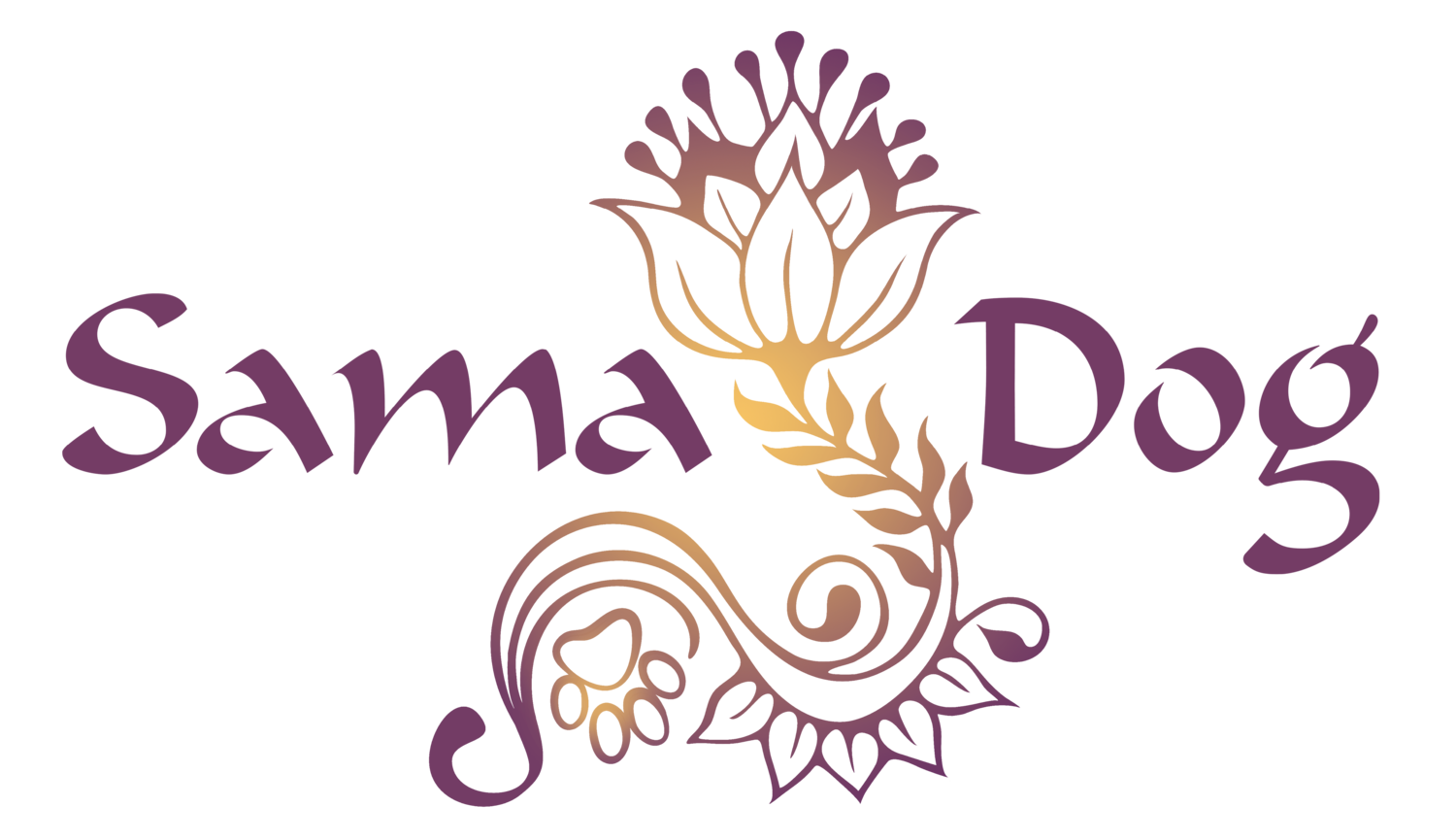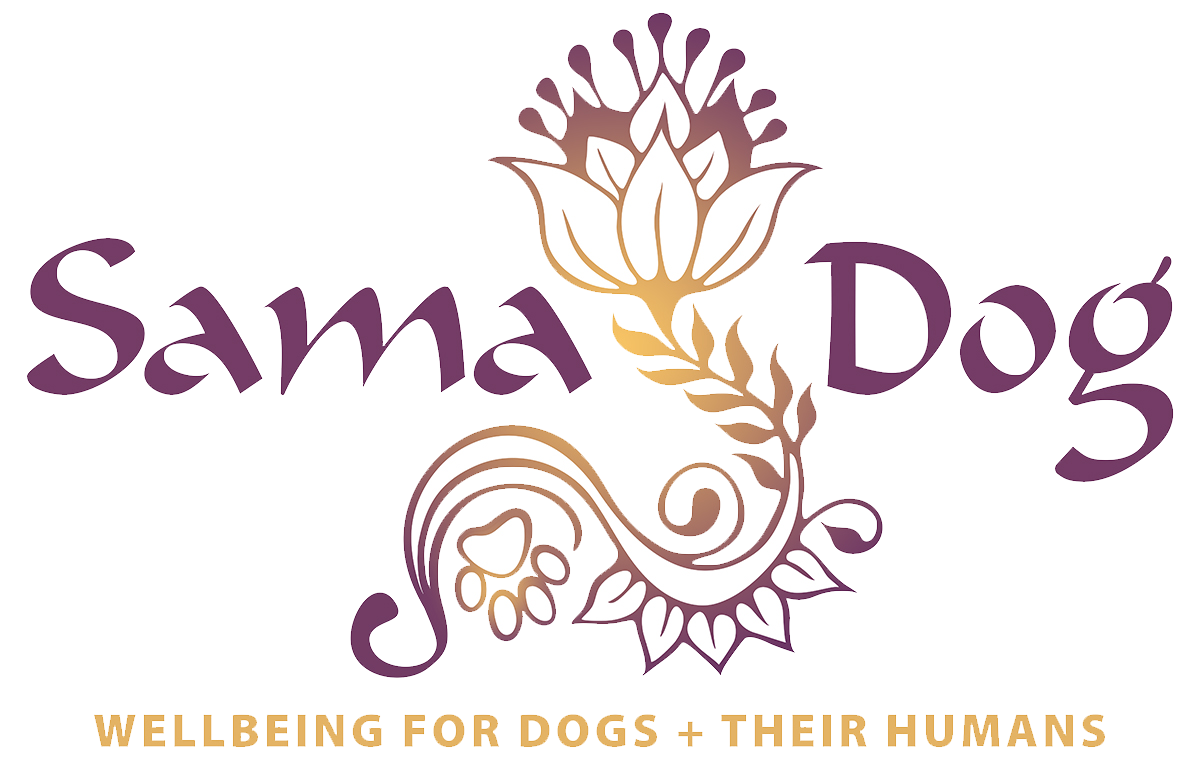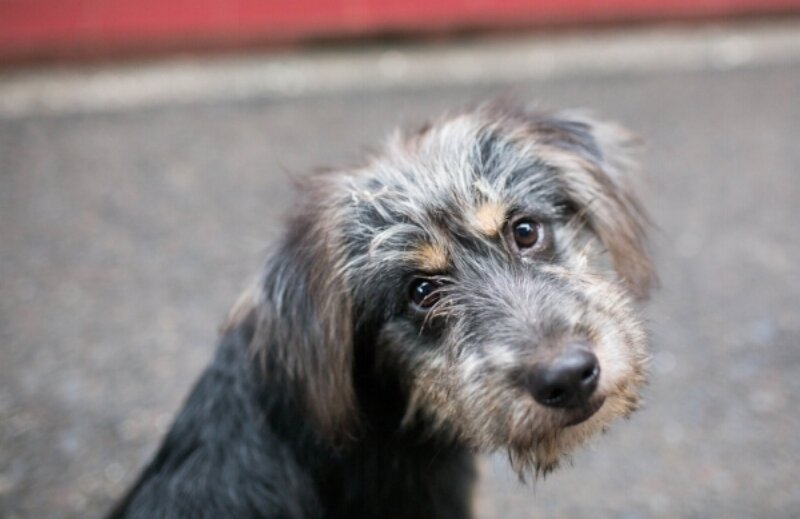A New Approach to Canine Fear & Anxiety
Photo Credit: Shutter Pup Photography
Judging by physical appearance alone, canines and humans have very little in common. But spend enough time with any dog, and you’ll begin to see past the extra legs and wagging tails to discover how similar we really are. We are all intelligent, emotional beings. Because we are so alike, we can even share the same mental issues.
Some of us (ok, many of us), whether human or canine, suffer from fear and anxiety. In fact, anxiety disorders are the most common mental illness in the U.S., so it’s no surprise that our pups share the same pain.
Fear and anxiety are words used interchangeably. The symptoms for both can be deceptively similar, but there are significant differences in their causes and relationship to time. Both are rooted in fear, but one is based on terror in the moment, while the other stems from the worry of what might happen in the future.
Fear can create an immediate reaction to external stimuli. Thunder, fireworks, vacuum cleaners or other sudden and loud noises can provoke a frightened response.
Anxiety is future based with its reactions stemming from the fear of impending danger. Separation anxiety is an example of this. A dog with this disorder will begin showing signs of distress before their loved one has even left. Seeing their person put on shoes or pick up keys will produce anxious responses based on the dog’s prediction of being left alone.
We can decipher between the two by observing the symptoms. Shaking/trembling is a shared symptom of both fear and anxiety, but each also manifests in different ways. A dog in fear may also hyper-salivate, tuck the tail, excessively lick the lips, lay their ears down, cower, consistently yawn or attempt to hide under or behind things.
Along with shaking, anxiety may also express itself as panting, pacing, and crying. Behaviorally, a dog suffering from anxiety might urinate, try to escape or excessively lick and bite themselves.
The causes of fear and anxiety can be traced back to negative experiences like being abandoned, abused, or even an unfortunate accident like something falling on them when they were young, or getting attacked by another dog. It could also just be a lack of socialization stemming from their youth. Sometimes there seems to be no explanation. Although it can be helpful to understand why, the cause isn’t nearly as important as the treatment. There are certainly many ways we can offer assistance.
If possible, natural is always best when it comes to treating our pups. By aligning them to nature, which we are all part of, the dogs are drawn back into natural harmony within and around the body. In this state of harmony, or homeostasis, the body and the mind are able to restore themselves to optimal health and function. In many cases, the more “reconnected” we and our furry friends become, the more stable and grounded the whole being becomes.
When a dog is in a space of fear and anxiety, their fight/flight response is triggered. This creates a state of lightness in the mind (and with time, the body too), constant shaking, inconsistency, and ungroundedness. When we notice this kind of imbalance being expressed in our dog, we can take steps to support them and inspire lasting change in their behaviors.
Let’s look at a few tips on how we can restore anxious pups using the Six Pillars of Wellbeing:
Food
It has become evident that diet can influence a dog’s behavior in both positive and negative ways. It’s so apparent, that many of today’s top dog trainers start with questions about food before beginning behavior modification. If a dog is on a highly processed diet or is lacking specific nutrients, it will often show in their actions.
The use of food that is rich in Prana or life force (meaning fresh and thus alive), provides the necessary nourishment for fearful pups. You’ll want to reduce kibble as much as possible because of its dryness and lack of “life energy”, and replace it with fresh food. There are many specific ways that fresh food can easily be incorporated into a dog’s diet that provide lasting benefits for their overall health and well-being. Quality food is especially crucial for a scared or anxious dog. When the body is healthier, the mind is healthier.
Behavior
Consistency is vital for a Vata imbalance. Every being needs time reserved for meals, exercise, play and rest, but a dog that suffers from fear or anxiety requires a fairly strict routine. Do your best to keep you both on a schedule. Feed, walk, play, rest, train and work as close to the same time each day as possible. There are also many ways to create ritual around various activities, which can have a positive and balancing effect on them. Each time your dog is guided back to the set routine or protocol, they re-establish their foundation. Knowing what to expect will be especially comforting to those pups with anxiety.
Mind/Body: Sensory Connection
Dogs do see muted color, so keep it visually appealing by choosing blankets, toys, and collars in earth tones and soft, solid colors. Bright, busy patterns can exacerbate feelings of fear and clutter, and are distressing to the eyes. Remove anything unnecessary from their environment to help you both feel more at ease.
Provide them with a super soft dog bed which can also serve as an excellent location to bond during your doggy massages, and don’t forget the music. Dogs have physiological responses to sounds, so avoid anything overly stimulating or loud. Soft nature sounds are perfect!
Emotional
Sometimes we will do more for someone we love than we do for ourselves. Use the unconditional love you have for your canine to improve your own health and wellbeing. Work to make sure that YOUR human life, mind and overall being are grounded, consistent and peaceful. In order to be the safe and calming presence your dog needs you to be, you will have to make your own physical and mental health a priority.
The fantastic thing about natural healing principles is that each of these tips work for humans and dogs. You can even incorporate them together. Along with your dog, clean up your own diet, and create a healthy routine, personal space and regular spiritual practice. What’s good for them is good for us.
Spiritual
Dogs are powerfully intuitive and spiritual beings. They are little masters of present moment awareness who teach us by example. Their gift to humans is being themselves, because by doing so we are shown what true acceptance and non-judgment look like. If you are on a self-improvement mission, try modeling yourself after your dog.
Fear, anxiety and pain are the leading issues that can move a canine away from their natural, peaceful existence. But a consistent spiritual practice will help them reconnect to that peaceful essence within, and in time their fearful attacks will lessen.
You can also learn to balance your dog’s chakras (energy centers) for a bonding experience that can significantly improve a pup’s mental state.
To Sum It Up
These are just a few of a multitude of ways to support your dog’s emotions. Fear and anxiety are often disabling disorders that can severely affect a dog’s quality of life. Their suffering spreads to us humans, because it’s so painful to watch. Natural healing provides the wisdom and tools we need to balance the body, mind and spirit and overcome our emotional challenges. It just takes a little knowledge and time spent, along with a lot of love, to make their sweet lives easier.
I’ll provide much more knowledge and insight based on the ancient wisdom traditions, combined with modern canine health and behavior concepts, during my six-week online course entitled Total Wellbeing for Dogs: The 6 Pillars of a Truly Balanced Canine. Visit the web page to see course details and hear the experiences and highlights from prior students. It’s a course like no other!
Disclaimer: The information presented on this page and website is not intended to be a substitute for professional medical or behavioral advice, diagnosis or treatment. Always seek the advice of your veterinarian or other qualified animal health care provider with any questions you may have regarding your pet's medical or behavioral condition/s.


